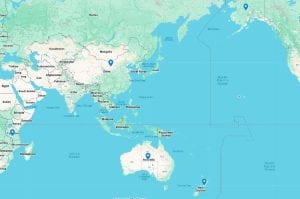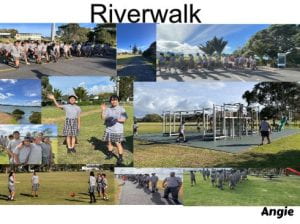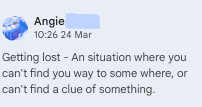LI: To retell an event in history through the fictional eyes of someone who was there.
For this assignment we are writing a diary about the Anzac war and recorded it in vids.
We watched a video about Hami Grace’s diary and explored a website called “Walking with the ANZACs.” It’s a site with lots of informations about ANZAC dairy. We got some inspiration from that. So we decided to write it based on the experiences of the soldiers who were at Gallipoli. After that we recorded on the Google vids.
I find this activity is interesting, because I learned something new.



